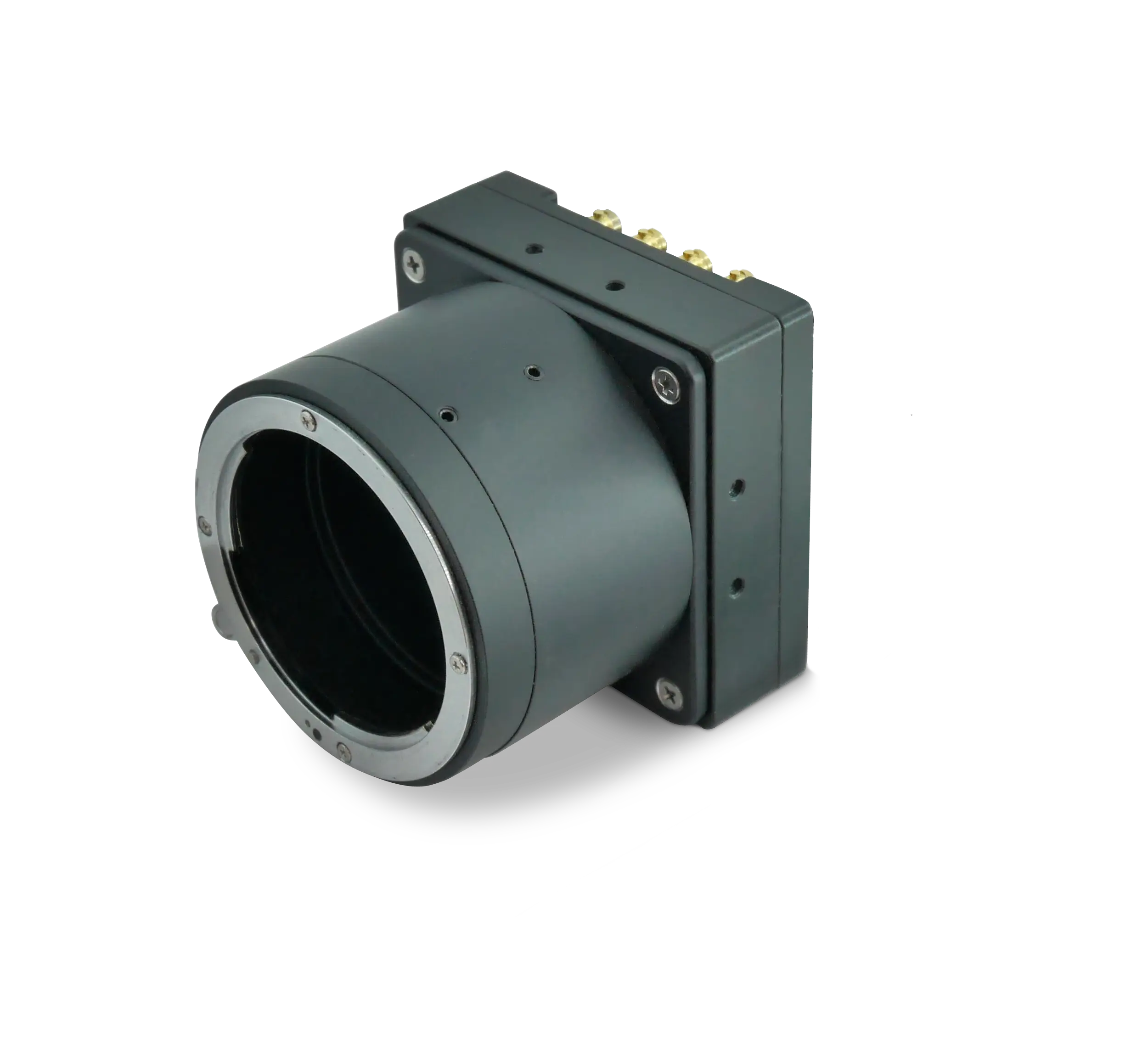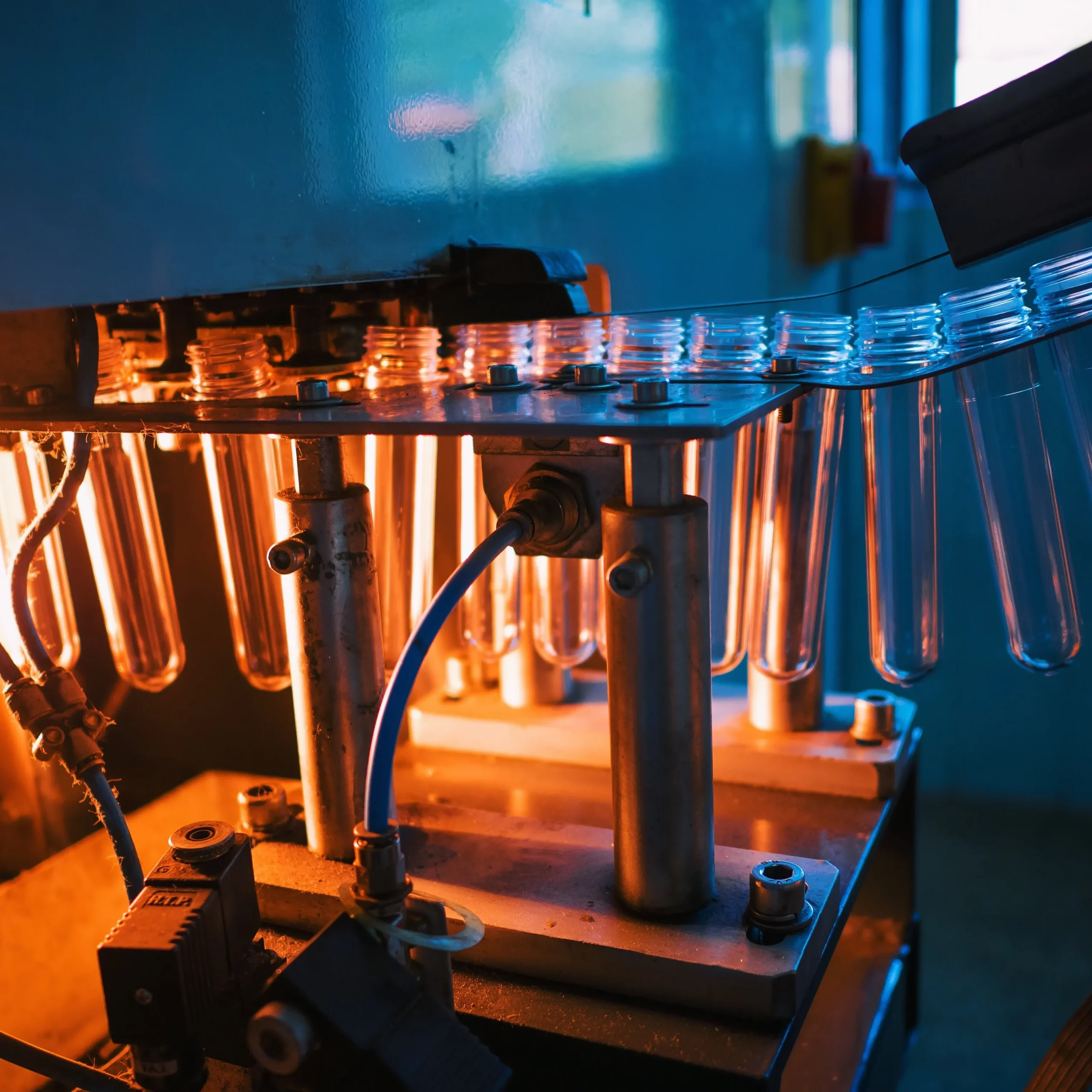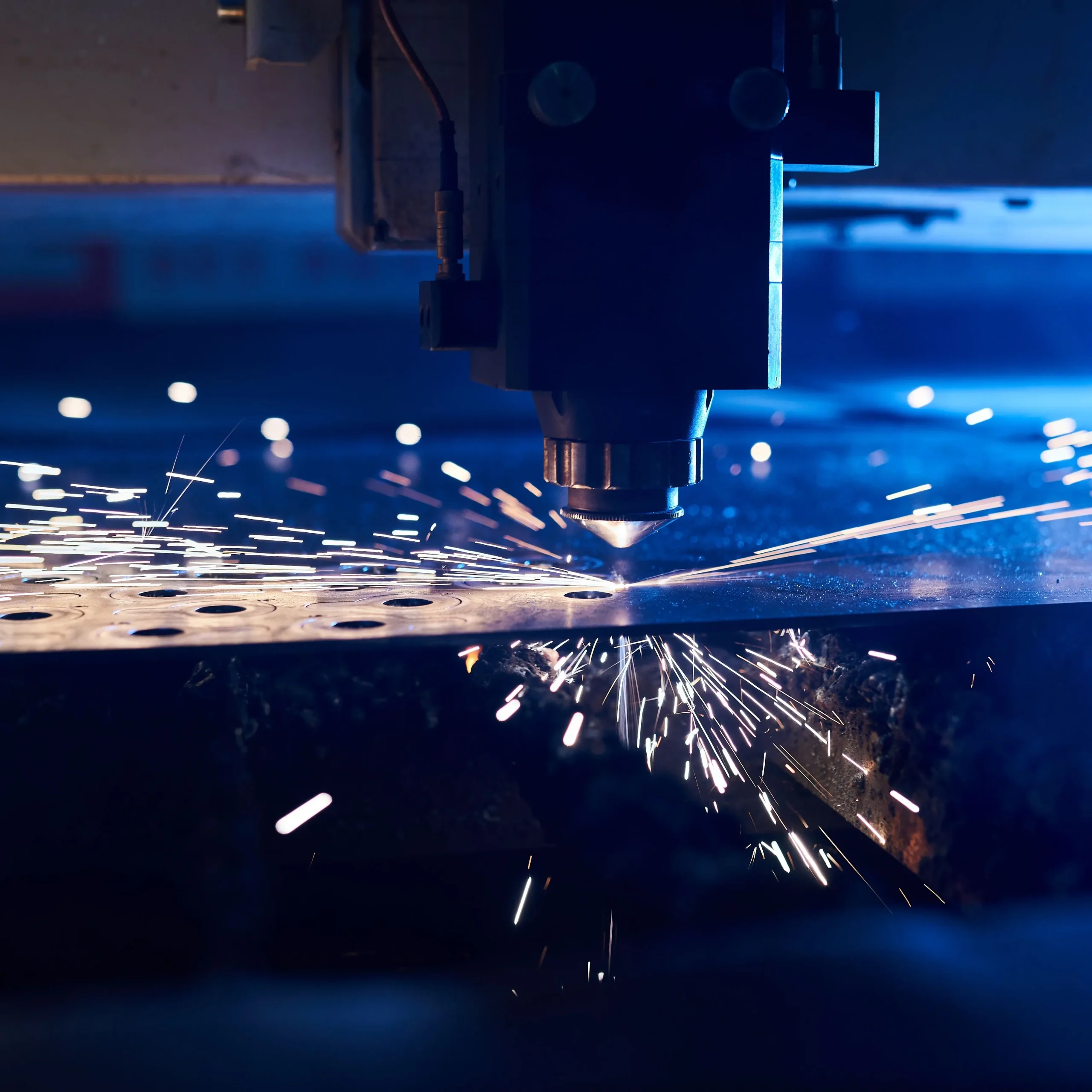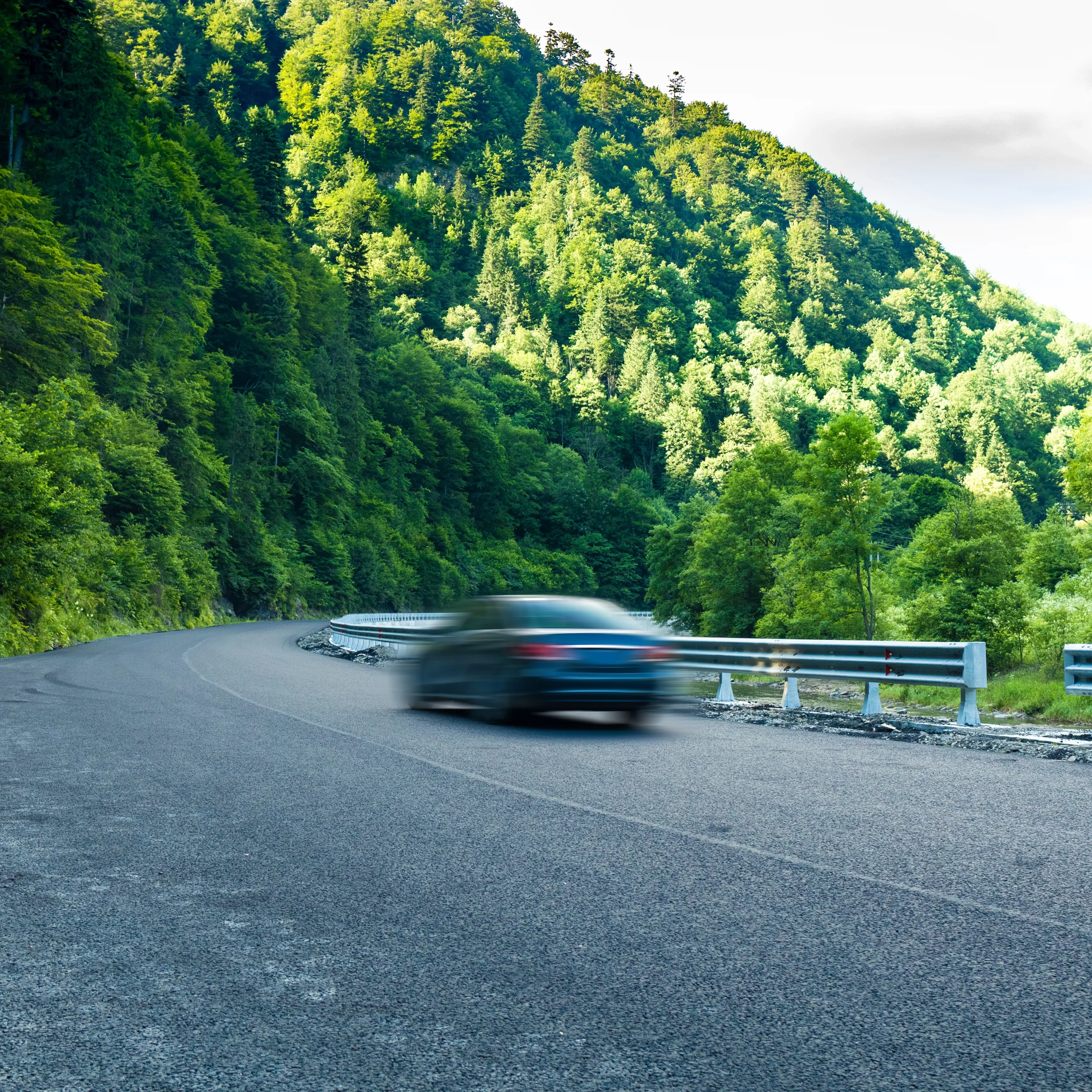Ultra-high-resolution imaging once lived exclusively in research labs, but it is now a staple across machine vision, semiconductor inspection, aerial mapping, and defense systems. The common denominator behind this shift is the maturation of the CoaXPress frame grabber. By merging coaxial-style robustness with data rates that shatter previous industrial imaging bandwidth limitations, today’s CoaXPress 2.1 and CoaXPress-over-Fiber (CoF) solutions rewrite every design rule.
Why Bandwidth Still Matters
Sensor manufacturers continue to introduce 120 MP+ CMOS imagers capable of streaming tens of gigabits per second. Without an equally muscular transport layer, resolution, bit depth, and frame rate must all be throttled. In other words, amazing glass and silicon become wasted investments if the pipeline cannot move the data.
That pipeline bottleneck traditionally surfaces between the camera and the host PC. GigE Vision tops out at 10 Gb/s, USB 3.2 around 20 Gb/s, and even Camera Link HS struggles to scale above 25 Gb/s without complex, multi-cable topologies. CoaXPress 12G delivers 12.5 Gb/s per link over a single Micro-BNC; four links aggregate to 50 Gb/s. Meanwhile CoF pushes 10.3 Gb/s over each SFP+ fiber strand, extending reach to 80 km with zero electromagnetic interference. These numbers create breathing room for true 8K and 16K sensors, HDR modes, and high-precision color pipelines.
Inside a Modern CoaXPress Frame Grabber
KAYA Vision’s Komodo III Quad CoaXPress 12G Frame Grabber exemplifies the technology stack creating that headroom:
- PCIe 3.0 ×8 interface offering 6.7 GB/s sustained host throughput.
- Four 12.5 Gb/s Micro-BNC inputs for an aggregated 50 Gb/s camera link.
- Safe-Power PoCXP delivering 13 W per connector to simplify cabling.
- On-board 4 GB DDR4 and FPGA logic for real-time Bayer demosaic, color matrix, and statistics—off-loading the CPU/GPU.
- 20 lines of flexible, opto-isolated I/O with nanosecond-level timers for encoder-locked triggering and lighting.
The architecture is largely symmetrical in the fiber variant. The Komodo III Quad CoaXPress over Fiber swaps Micro-BNC for SFP+ transceivers, keeps identical PCIe, memory, and on-board processing blocks, and delivers up to 41.3 Gb/s aggregated bandwidth while adding the immunity and reach demanded by UAV imaging pods or noisy factory floors. (PoCXP power is omitted because power cannot be transmitted over glass.)
Reference Pipeline Architecture
The diagram below can be sketched with off-the-shelf components:
- 1× 152 MP global-shutter CMOS camera with four CXP-12 outputs.
- 4× RG-11 coax cables at 10 m length (or 4× OM3 fibers at 100 m).
- 1× Komodo III Quad frame grabber seated in a PCIe 3.0 ×16 slot.
- 1× Workstation featuring a Ryzen 9 CPU and NVIDIA RTX GPU.
- GeniCam SDK controlling exposure, ROI, and on-board LUTs.
This configuration sustains 25 fps at 12-bit depth—roughly 3.8 gigapixels per second—while still leaving PCIe headroom for GPU inferencing.
Benchmarks: From Lab to Field
KAYA’s application team captured three representative scenarios to showcase how industrial imaging bandwidth scales with link count and PCIe lanes. All tests used the same host PC and GenTL producer.
- Single-Link CXP-12 (12.5 Gb/s)
12-MP sensor at 8-bit, 187 fps.
Host memory copy latency: 2.1 ms.
CPU load: 14%. - Quad-Link CXP-10 (40 Gb/s)
65-MP sensor at 12-bit, 75 fps.
Host memory copy latency: 3.9 ms.
CPU load: 18% (on-board packing reduces host traffic). - Quad-Link CXP-12 (50 Gb/s) with GPU DMA
152-MP sensor at 12-bit, 25 fps.
Zero-copy DMA directly into CUDA buffers.
CPU load: 6%—the GPU immediately performs defect detection without round-trip copies.
Even the most aggressive case still leaves about 15% PCIe bandwidth free, perfect for NVMe logging or additional cameras.
Best Practices for Deterministic Throughput
Ultra-high-resolution imaging is unforgiving; a single dropped packet ruins downstream AI analytics. The following guidelines keep pipelines deterministic:
- Match PCIe Topology: Ensure the frame grabber sits on a root complex that provides a full ×8 Gen3 link. Motherboards with bifurcation or shared lanes can silently halve throughput.
- Enable Huge Pages: Linux and Windows both allow large memory pages, minimizing TLB misses when the DMA engine writes multi-megabyte line buffers.
- Exploit On-Board Processing: Use the Komodo III’s decimation or color-space conversion to reduce data volumes before PCIe egress when end-to-end raw isn’t required.
- Use Event-Driven APIs: Polling burns cycles; rely on GenTL event callbacks tied to the grabber’s 64-bit timestamp for microsecond-accurate synchronization.
- Plan for Thermal Margin: Passive-cooled cards demand chassis airflow. Keep intake temps below 50 °C to avoid FPGA throttling.
Fiber vs Coax: Making the Call
Designers often ask when to choose CoaXPress over Fiber instead of copper. Consider fiber when:
- Cable runs exceed 40 m or must snake through rotating machinery where lightweight fibers ease drag.
- The environment hosts strong EMI—radio towers, induction heaters, or military radar.
- The imaging head is airborne or on a gimbal where galvanic isolation is mandatory.
For shorter, electrically quiet lines—think semiconductor lithography tools—traditional CXP 12G coax remains cost-optimized and delivers PoCXP power.
Scaling to Multi-Camera Rigs
Large-area scanners and 360° inspection cells frequently demand eight or more synchronized cameras. KAYA solves this via two features:
- Hardware Sync Bus: Each Komodo III exports a deterministic sync signal. Daisy-chain cards inside the chassis to hold skew under 1 µs.
- GenTL Multi-Device Namespace: The SDK abstracts multiple frame grabbers so software sees a single logical sensor array, simplifying calibration workflows.
The result is pixel-aligned capture across dozens of gigapixels per frame without writing a line of FPGA code.
Edge AI and Direct-to-GPU Paths
The surge in embedded inference pushes frame grabbers to do more than shunt data. Both Komodo III variants support physical address DMA, permitting the FPGA to stream frames into GPU memory without host copies. When coupled with NVIDIA GPUDirect, latency falls below 1 ms from sensor to tensor core—critical for missile tracking, robotic pick-and-place, or live sports broadcasting.
The lighter Predator II CoaXPress over Fiber Frame Grabber extends the same GPU-friendly DMA in a low-profile, 4-lane PCIe 2.0 card, ideal for compact edge computers.
Cost Modeling: Not Just the Card
Budgetary discussions often focus on unit price, yet total system cost tilts in favor of high-bandwidth grabbers when you factor in:
- Fewer PCs: One Komodo III can ingest what previously demanded two dual-10 GigE machines.
- Reduced Cabling: Quad-link CXP replaces four Camera Link cables and clumsy MDR connectors.
- Lower Engineering Hours: Drop-in GeniCam compliance eliminates custom protocol stacks.
Over a five-year lifecycle, maintenance savings dwarf the initial premium of a flagship frame grabber.
Future-Proofing with Firmware Updates
KAYA Vision distributes regular firmware that unlocks new pixel formats, adds compression cores, and exposes advanced triggers—all flashable in-field via the GUI. Owning a Komodo III becomes an investment that keeps pace with sensor roadmaps rather than a fixed-function peripheral.
Getting Started Quickly
Developers can move from unboxing to first light in under 30 minutes:
- Install the unified driver package (Windows or Ubuntu).
- Insert the frame grabber; BIOS will enumerate without manual PCIe tuning.
- Launch the cross-platform viewer, detect the camera, and load a preset XML for typical exposure ranges.
- Optionally enable GPU DMA by checking a single box—the tool handles IOMMU mapping under the hood.
This frictionless path accelerates proof-of-concept timelines and frees engineers to focus on algorithm development.
Key Takeaways
- A CoaXPress frame grabber such as the Komodo III is the linchpin of any ultra-high-resolution imaging system.
- 50 Gb/s coax links and 41 Gb/s fiber links erase historic industrial imaging bandwidth ceilings, unleashing next-gen sensors.
- On-board processing, flexible I/O, and GPU-direct DMA shrink latency and CPU overhead.
- Choosing between copper and fiber hinges on distance, EMI, and payload weight.
- Proper PCIe topology, thermal design, and event-driven software ensure lossless acquisition.
